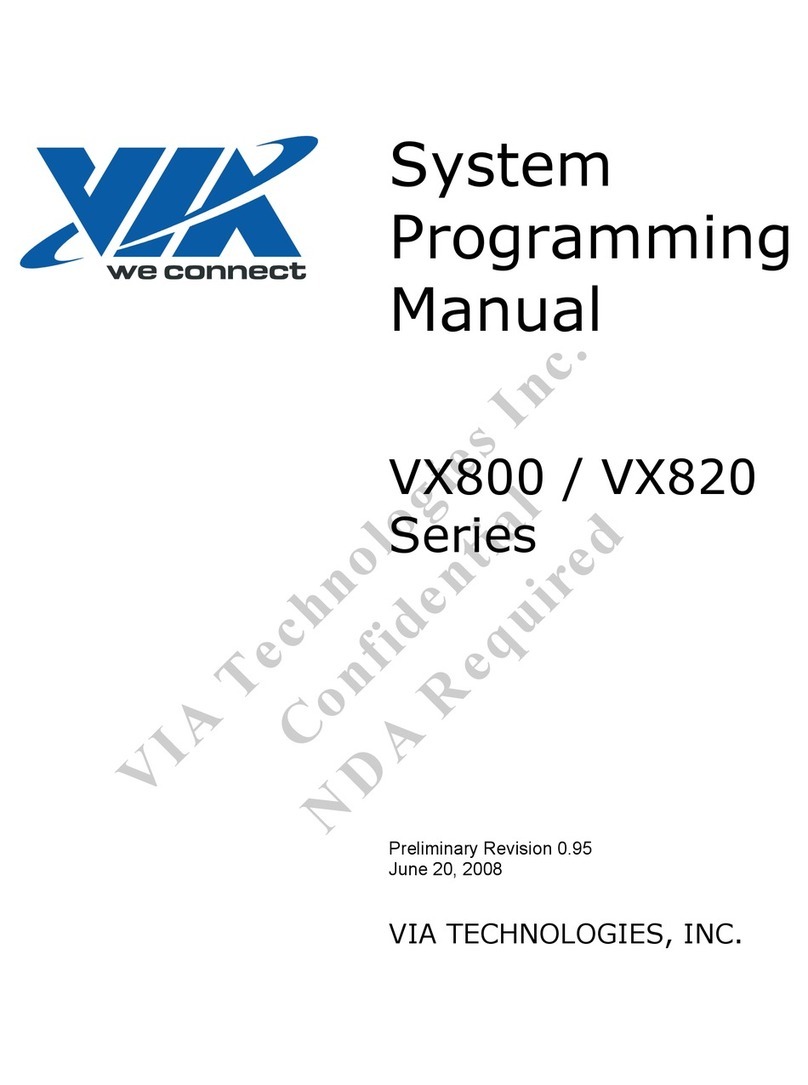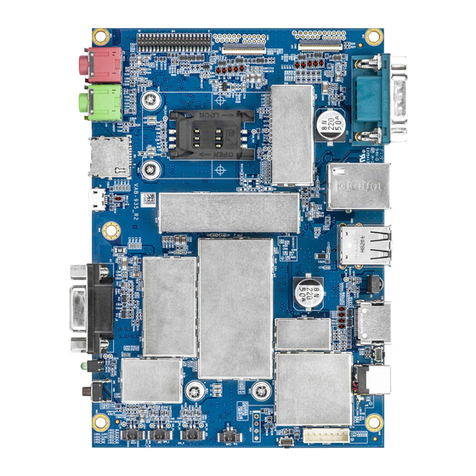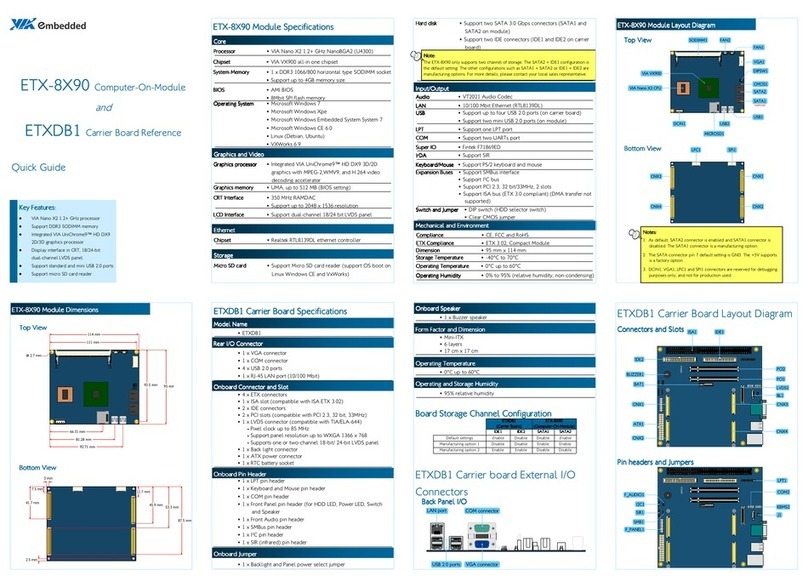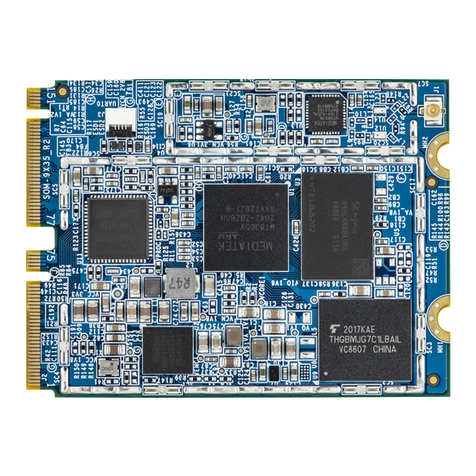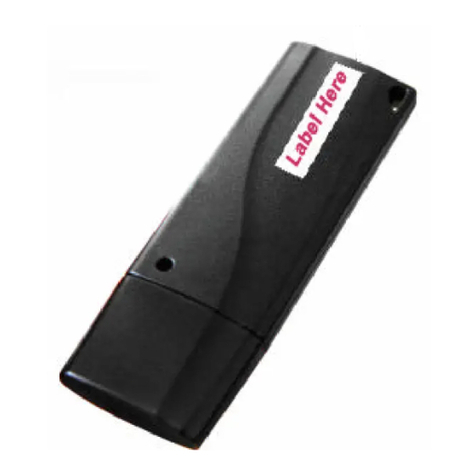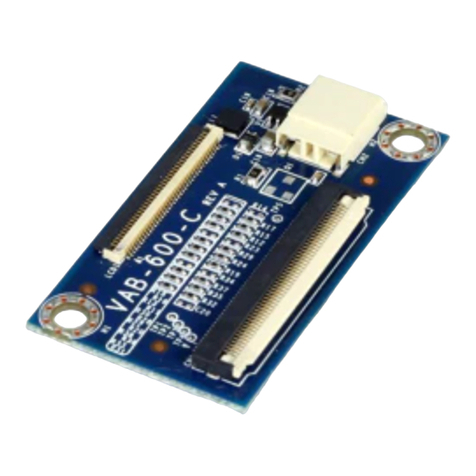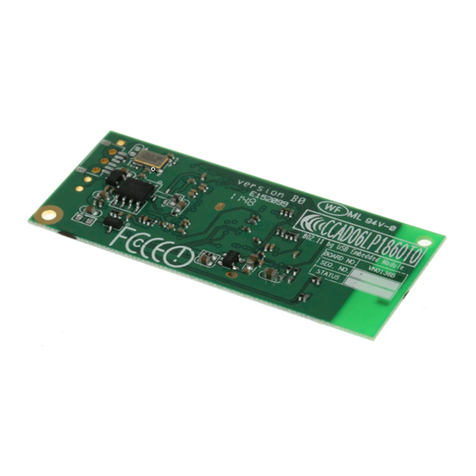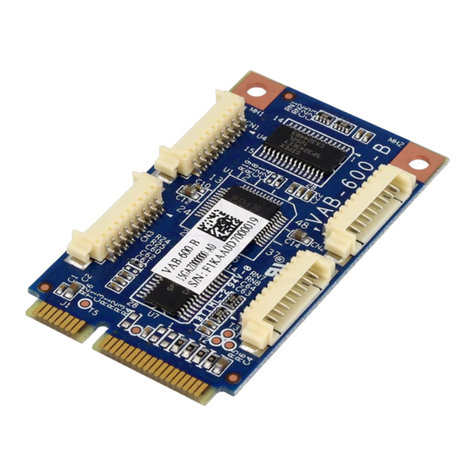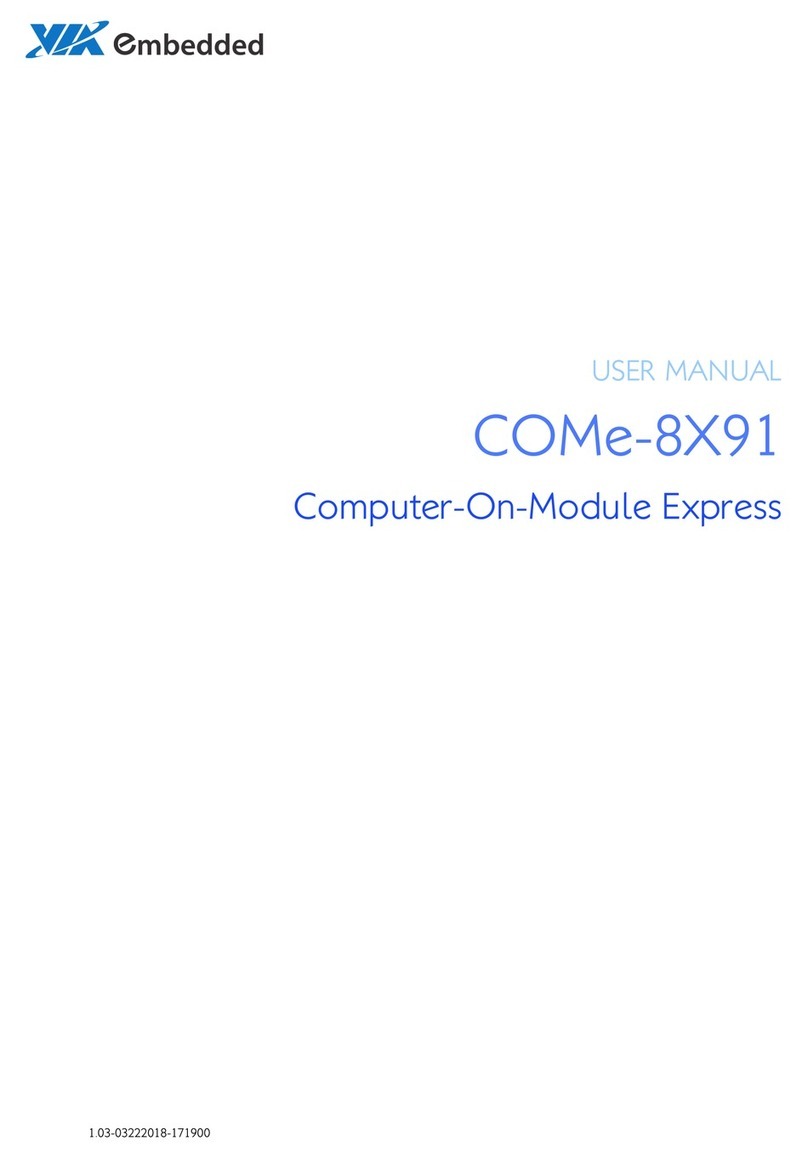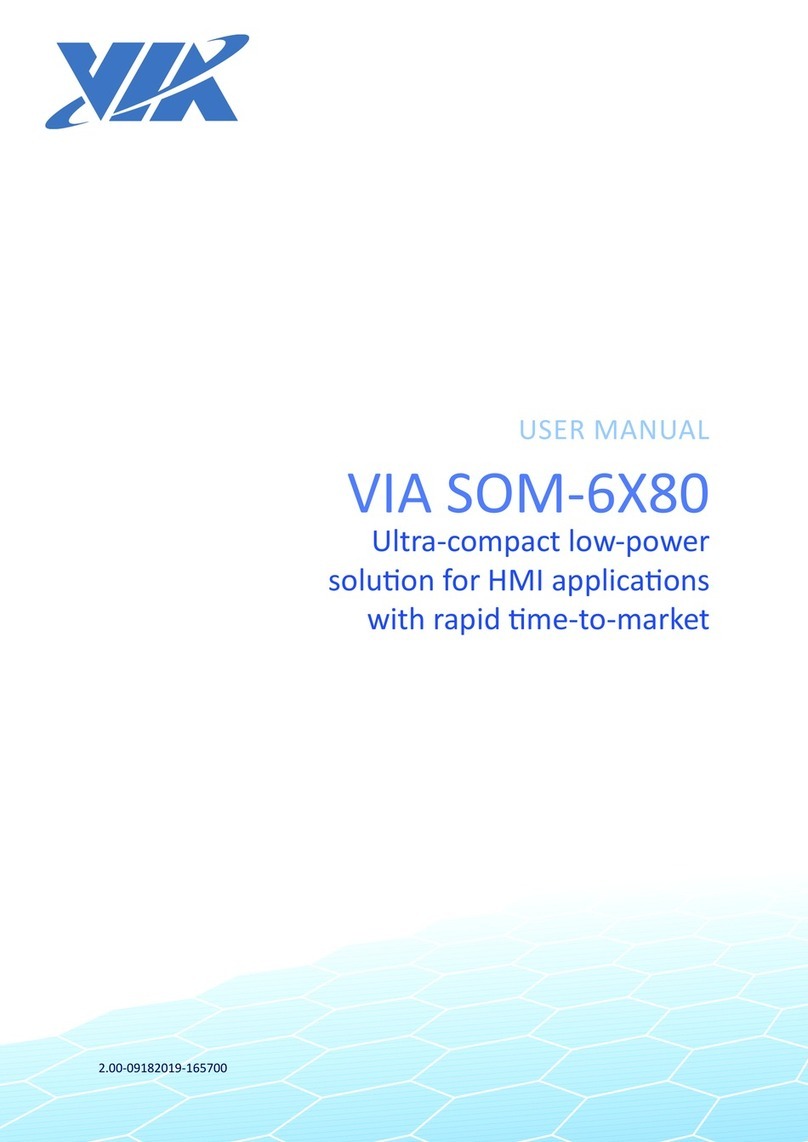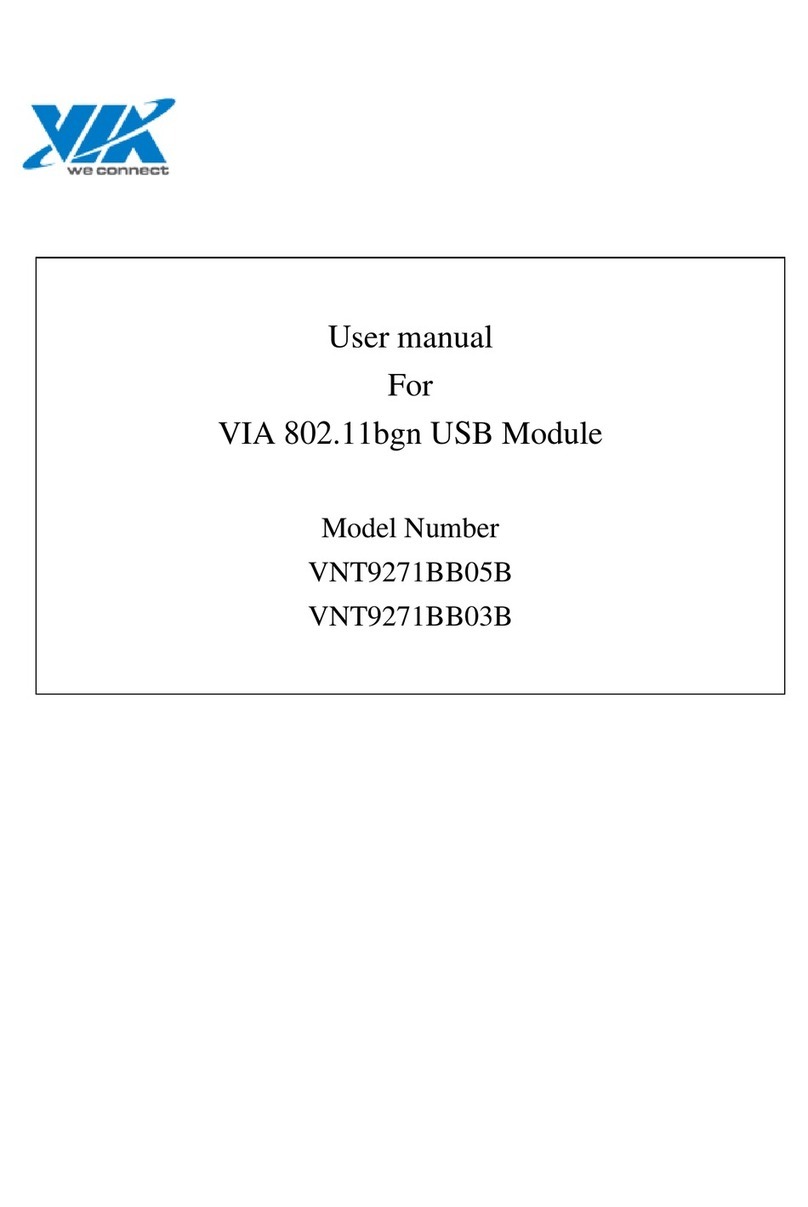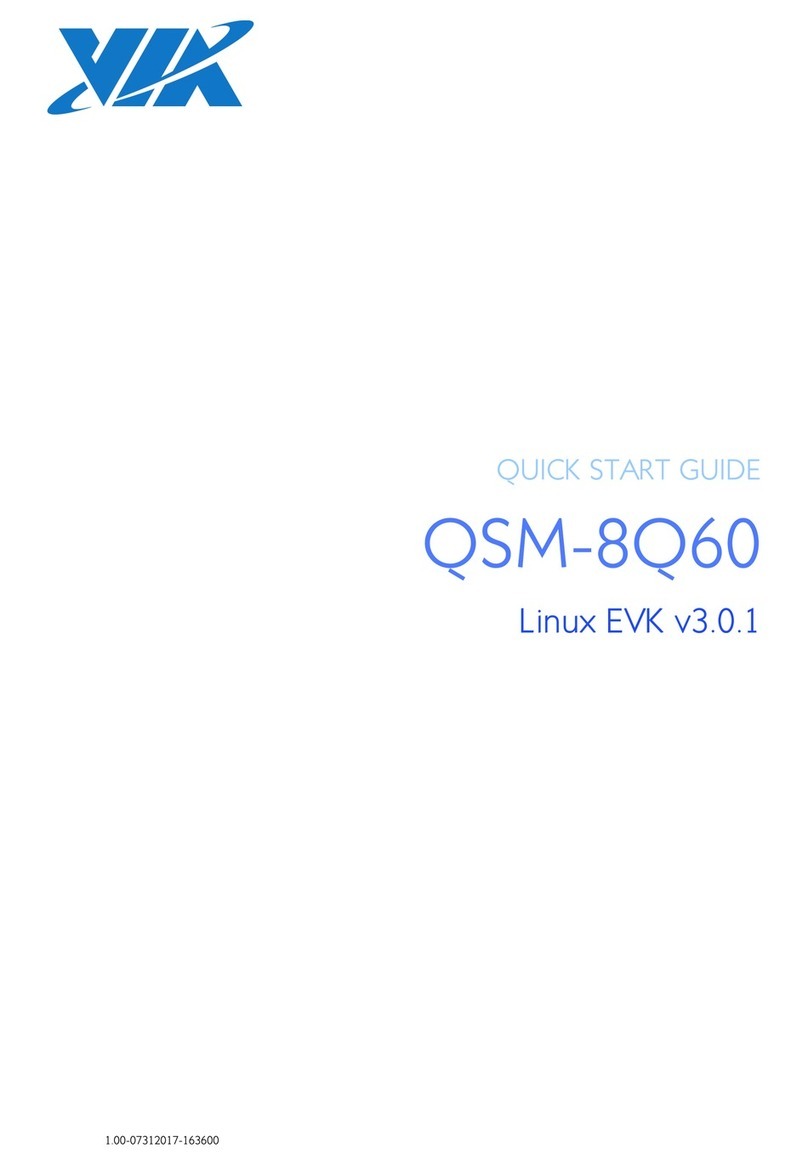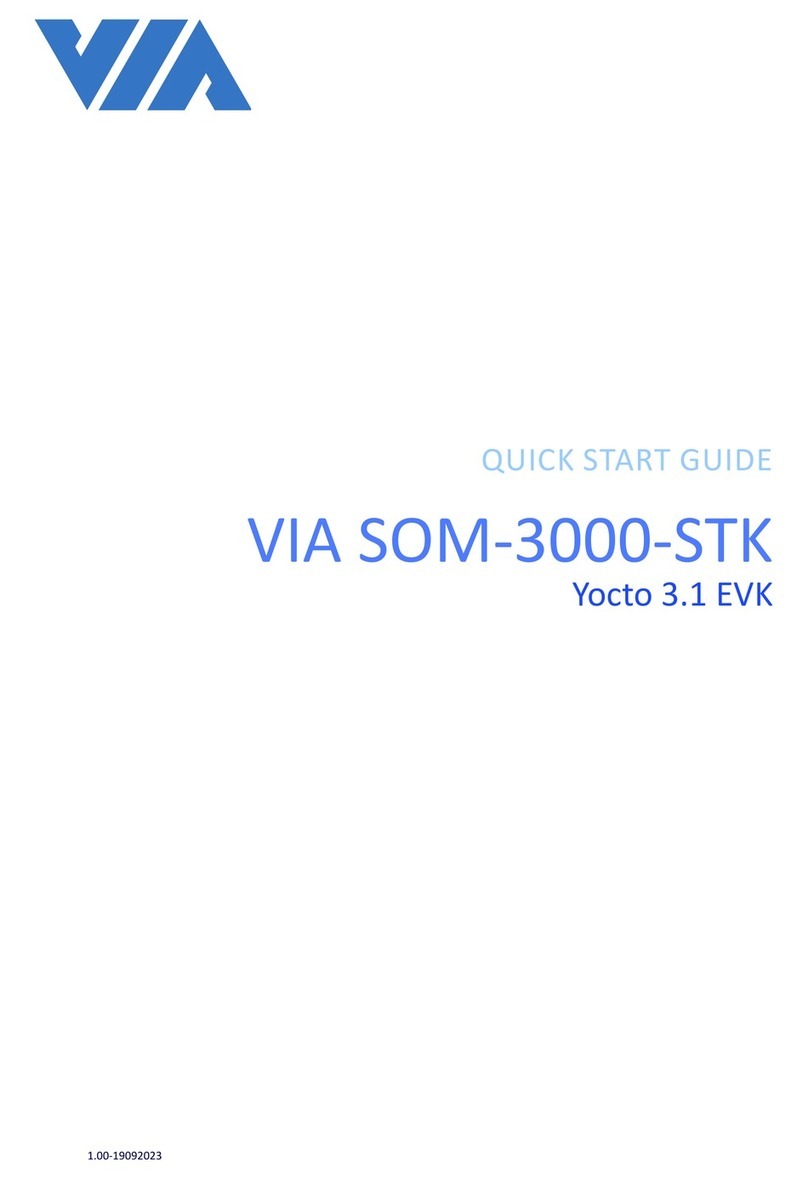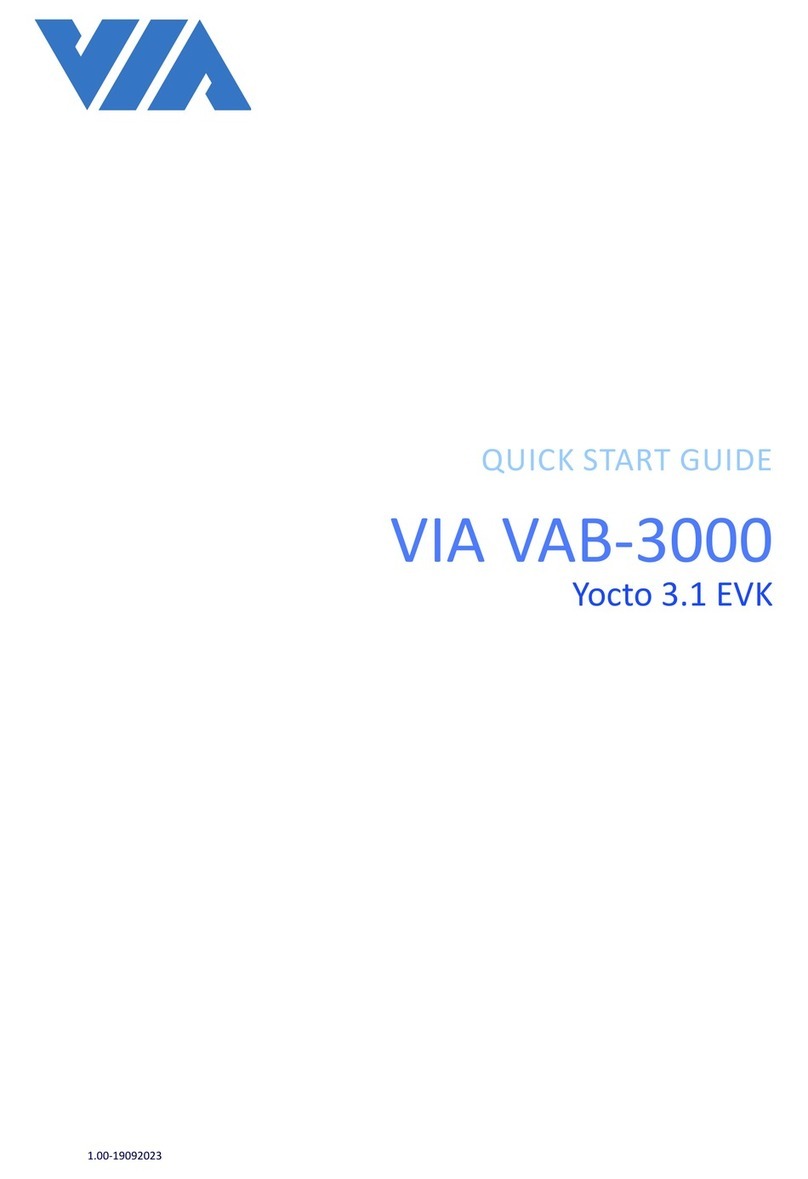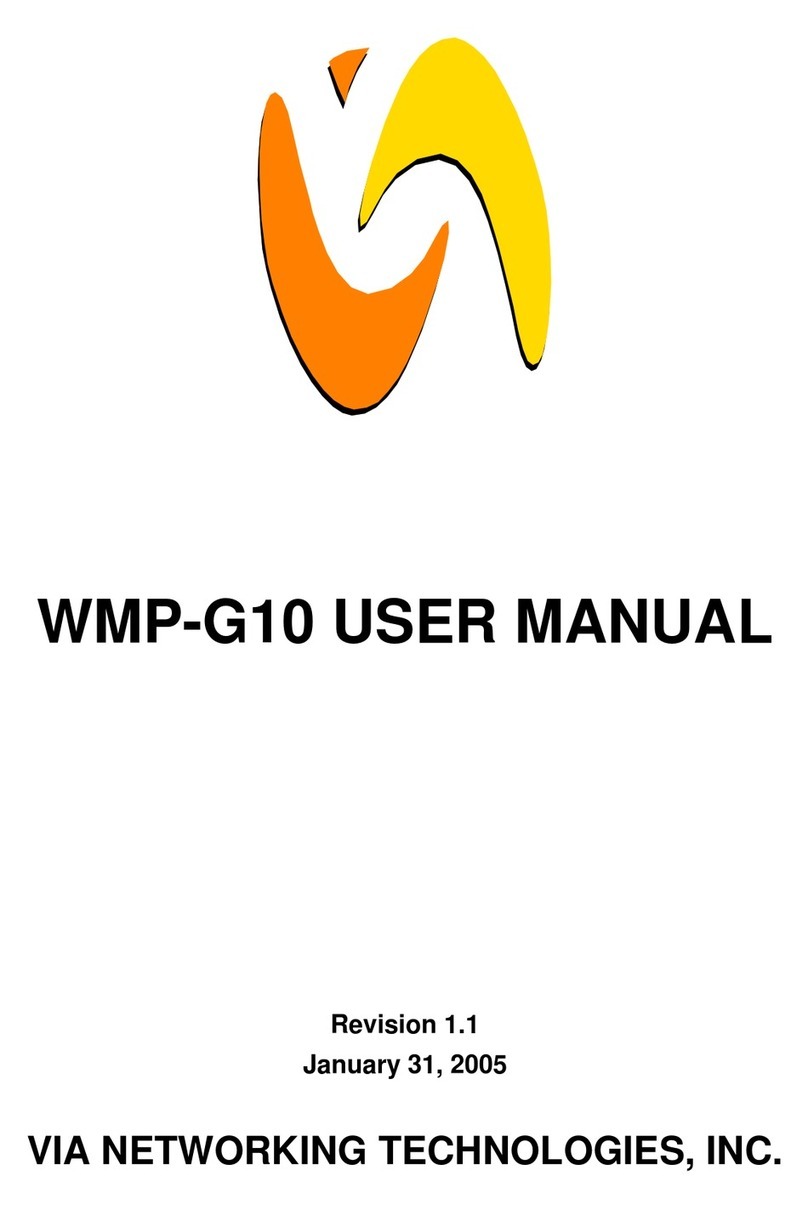
3
ISTRUZIONI DI MONTAGGIO
MOUNTING INSTRUCTIONS
Prima di procedere all’installazione assicurarsi che la valvola sia adatta alle pressioni, alle
temperature, ai fluidi di servizio ed all’ambiente in cui sarà installata. L’impianto deve garantire
adeguati punti di drenaggio e sfiato, prevenire effetti dannosi quali formazione di sedimenti,
cavitazione, corrosione e/o reazioni chimiche incontrollate ed un’agevole esecuzione di pulizia,
ispezione periodica e manutenzione, ove necessario.
Le valvole VIR sono state progettate per i carichi di un impianto efficiente e perfettamente calibrato;
sollecitazioni anomale, quali quelle dovute ad un’incorretta installazione e/o messa a punto
dell’impianto, al traffico, al vento, ai terremoti, non sono state considerate nel dimensionamento.
E’ responsabilità dell’installatore e/o del progettista assicurarsi che l’applicazione non ecceda i limiti
di pressione e temperatura della valvola e che l’installazione sia realizzata a regola d’arte in
accordo con le vigenti normative e regolamentazioni locali.
Le valvole a saracinesca e a globo VIR incluse nella tabella al paragrafo precedente possono
essere installate in qualunque posizione (verticale, orizzontale, inclinata), si suggerisce tuttavia
l’installazione in orizzontale con il volantino verso l’alto. Le valvole a saracinesca sono bidirezionali
ed il flusso può attraversarle in entrambe le direzioni, le valvole a cuneo inclinato Fig. 1520 e globo
Fig. 1510, Fig. 400 e Fig. 405 sono invece monodirezionali e la freccia sul corpo indica la direzione
obbligatoria del flusso. La posizione scelta per l’installazione deve garantire l’accessibilità alla
valvola per le operazioni di manovra, ispezione, manutenzione.
Evitare che materiale utilizzato nella connessione dei tubi o bave presenti sui terminali dei tubi
stessi ostruiscano parte del passaggio (si raccomanda il lavaggio della linea prima della messa in
esercizio o a seguito di eventuali lavori di manutenzione).
Installare le valvole in modo da non sottoporle a sforzi di flessione, taglio o trazione/compressione
da parte della linea. Prevedere l’utilizzo di supporti per tubi in numero sufficiente, allineati con cura
e posti a una distanza idonea per le dimensioni e il tipo di tubo da sostenere. In ogni caso, fare
attenzione a non sollecitare la valvola con carichi anomali (quindi non previsti in fase di progetto)
dovuti a un insufficiente o incorretto posizionamento dei supporti.
Before proceeding with the installation, please ensure the valve is suitable for the pressures,
temperatures, operating fluids and environment in which it will be installed. A correct installation
must ensure adequate drainage and venting of the circuit, the prevention of harmful effects such as
sediment deposits, cavitation, corrosion and/or uncontrolled chemical reactions; it must also ensure
easy cleaning and easy periodic inspection and maintenance of the system, if necessary.
VIR valves are designed for loads of an efficient and perfectly calibrated plant; abnormal stresses,
such as those due to an incorrect installation and/or fine tuning of the system, to traffic, wind,
earthquake, were not considered in the design.
It is the responsibility of the installer and/or of the plant designer to ensure that the application does
not exceed the limits of pressure and temperature of the valve and is carried out in accordance with
local current laws and regulations.
VIR gate and globe valves referred to in the table of previous paragraph can be installed in any
position (vertical, horizontal, inclined), we suggest however to install them horizontally with
handwheel pointing upward. Gate valves can be used with flow going in both directions, while for
Fig. 1520 gate valves with oblique disc and Fig. 1510, Fig. 400 and Fig. 405 globe valves flow must
match the direction of the arrow marked on their body. The position chosen for the installation
should allow for accessibility to the valve during operation, inspection and maintenance.
Please avoid that any material used to connect the pipes or that any burrs present on the pipe ends
themselves protrude inside the bore and obstruct part of the flow (it’s advisable to flush the line
before its start or after eventual maintenance on the system).
The valves should be installed in such a way so that the pipeline does not subject the valve to any
torsion, bending or tension. We recommend the use of pipe brackets. Those must be in adequate
numbers, carefully aligned and placed at a distance suitable to the size and type of the pipe that
has to be supported. In any case, be careful not to overload the valve with any unexpected
additional stresses, not considered in the design stage, due to unsatisfactory numbers or incorrect
positioning of the brackets.
